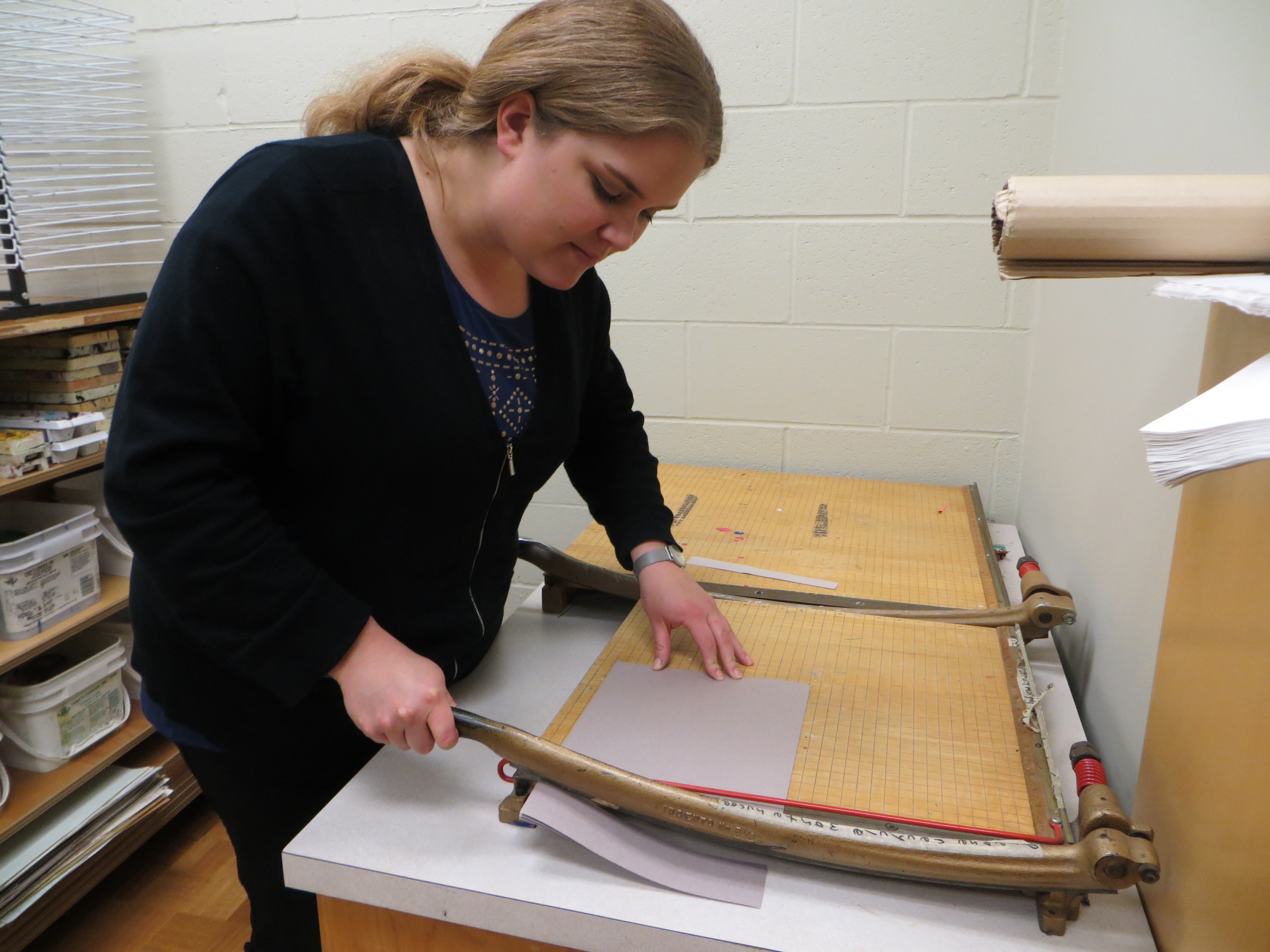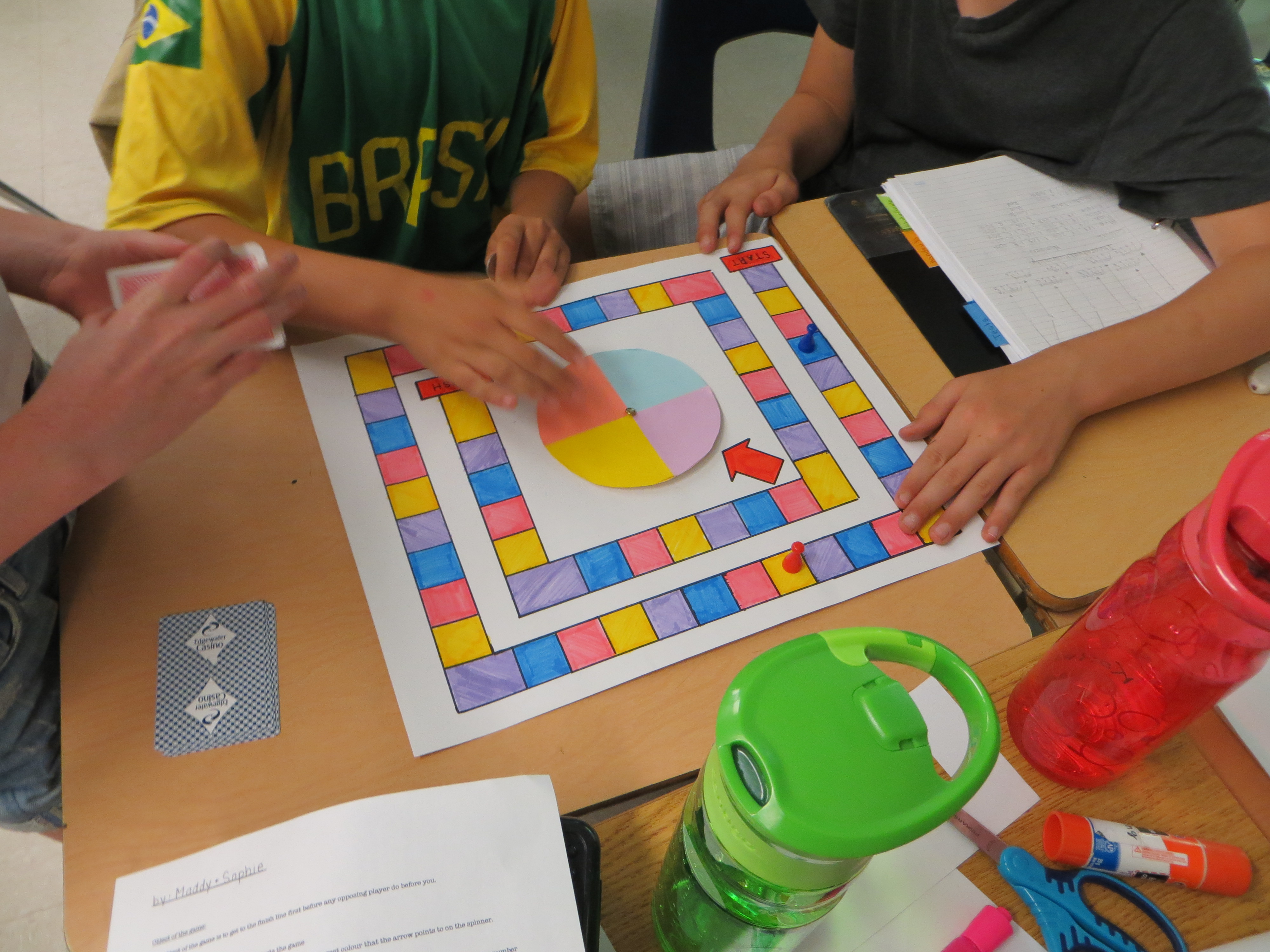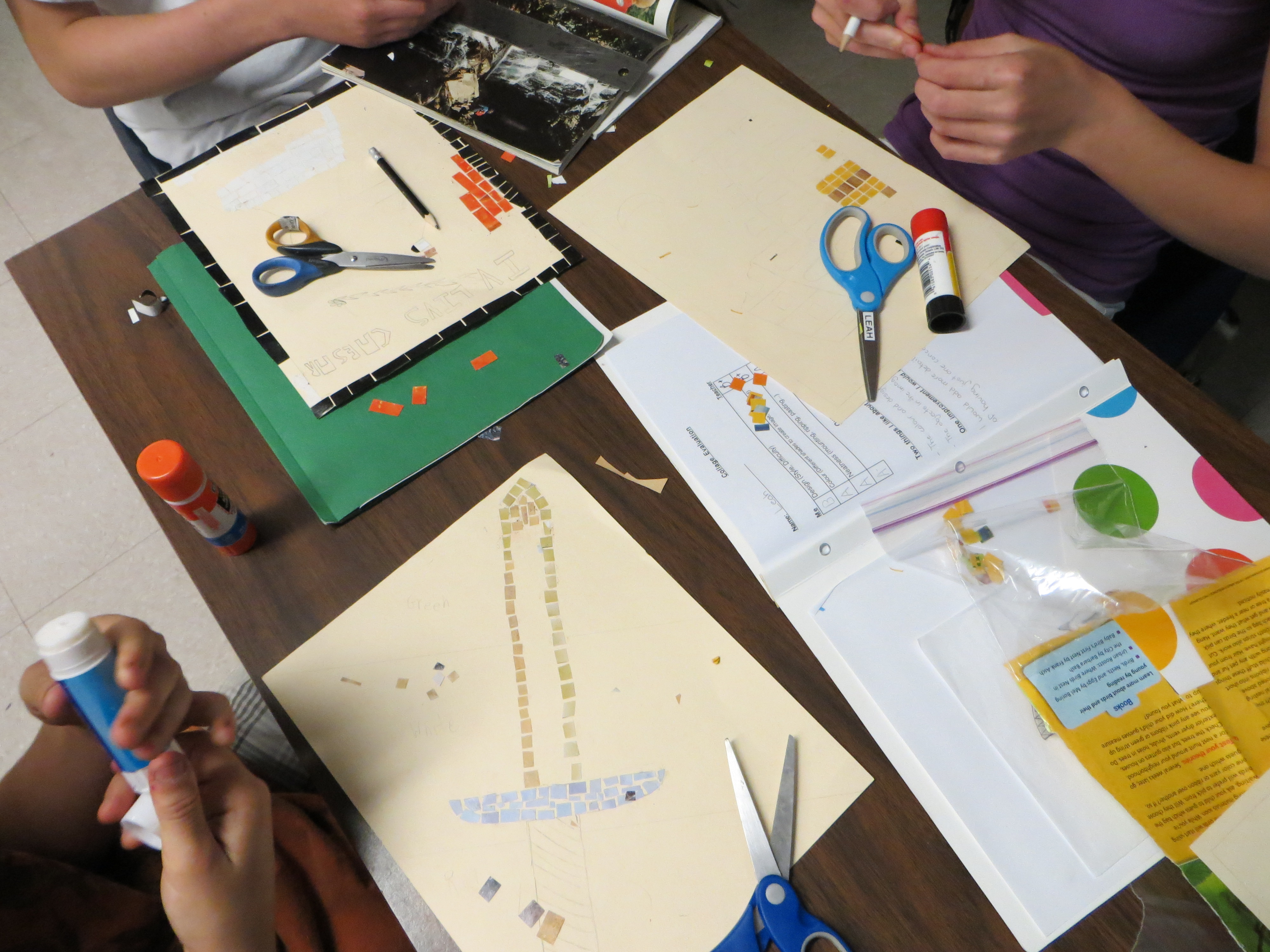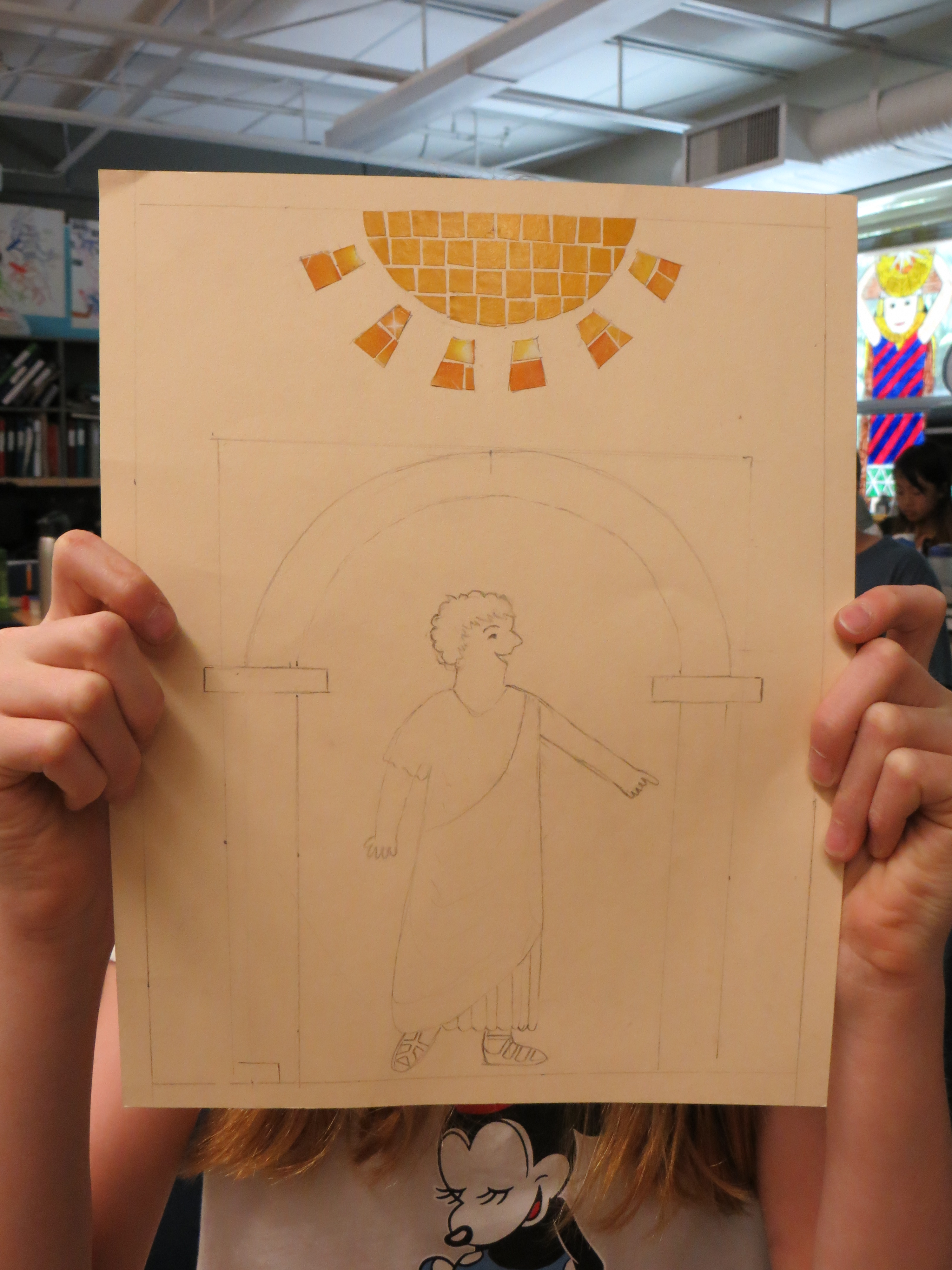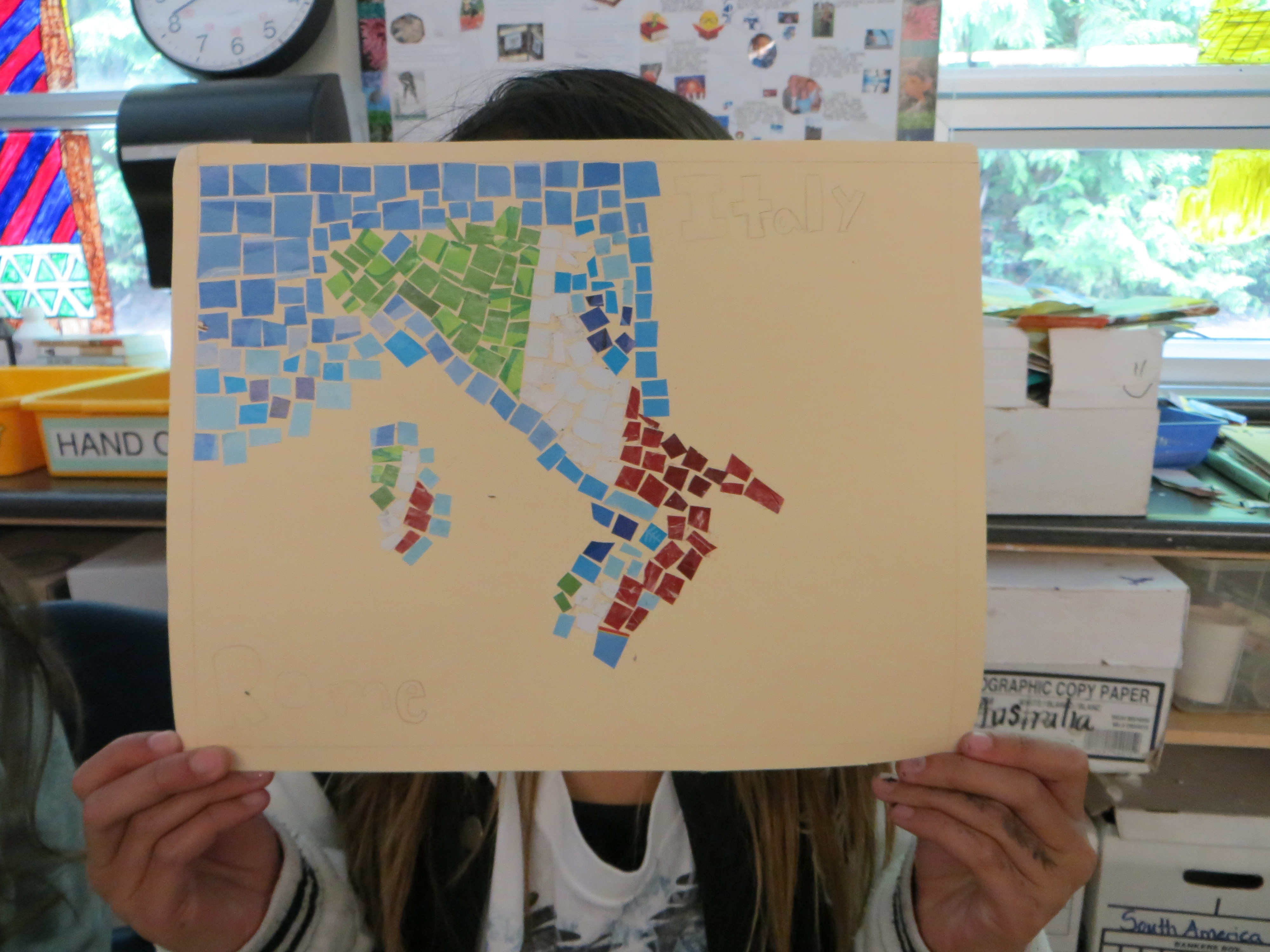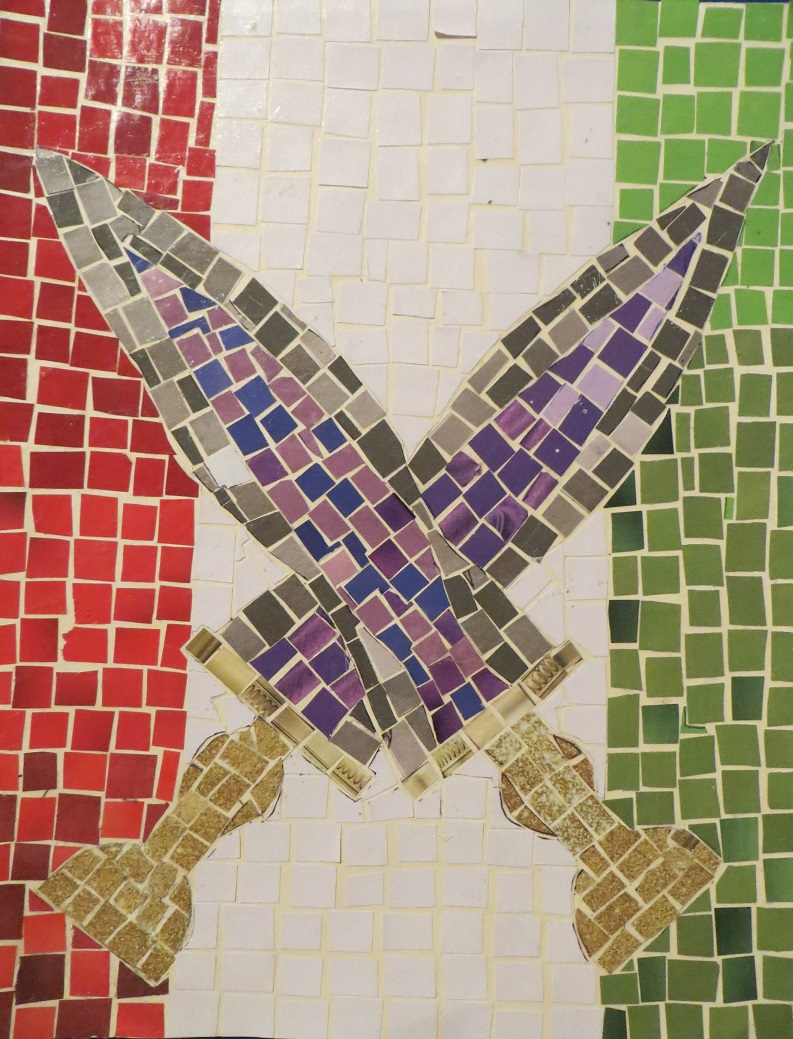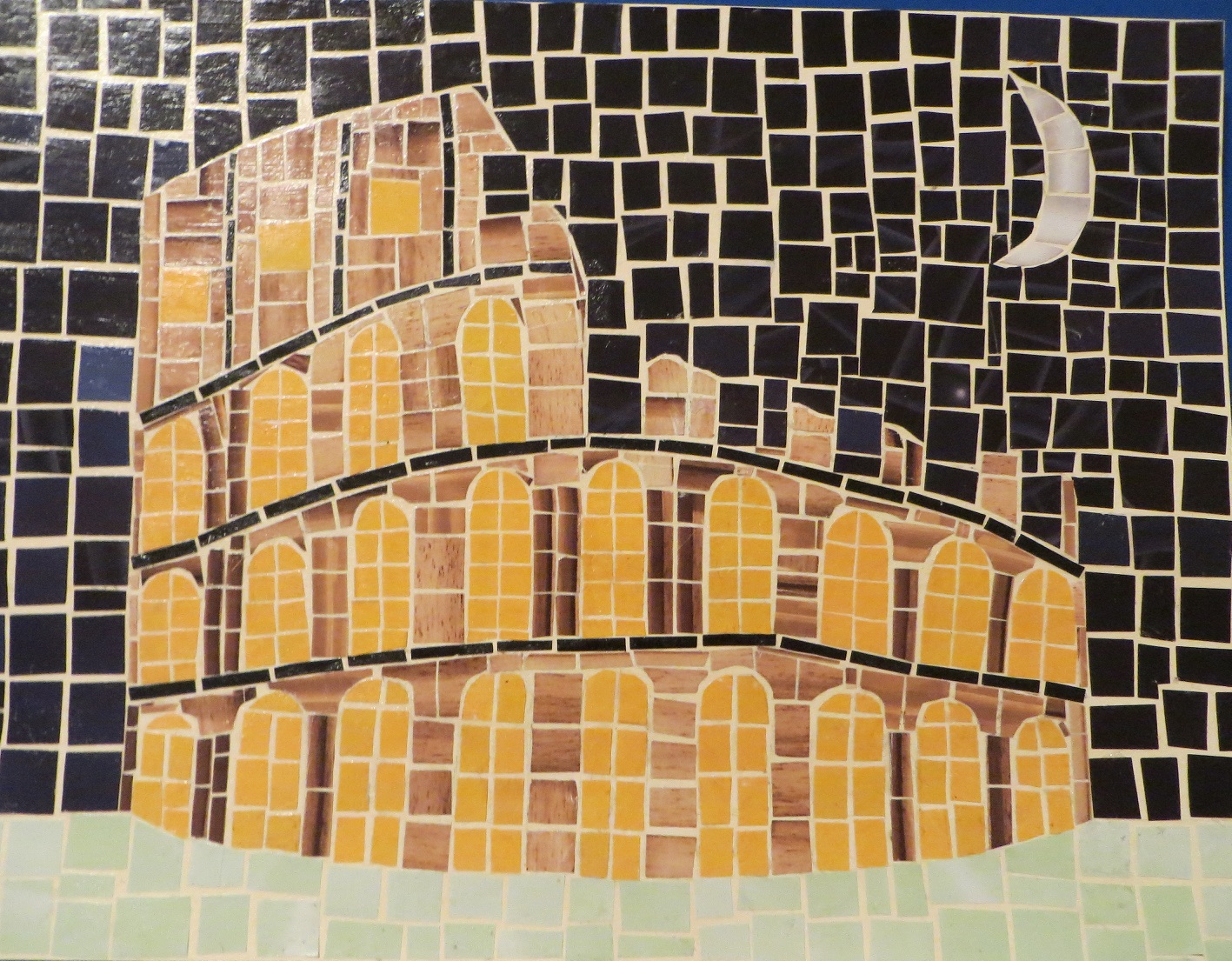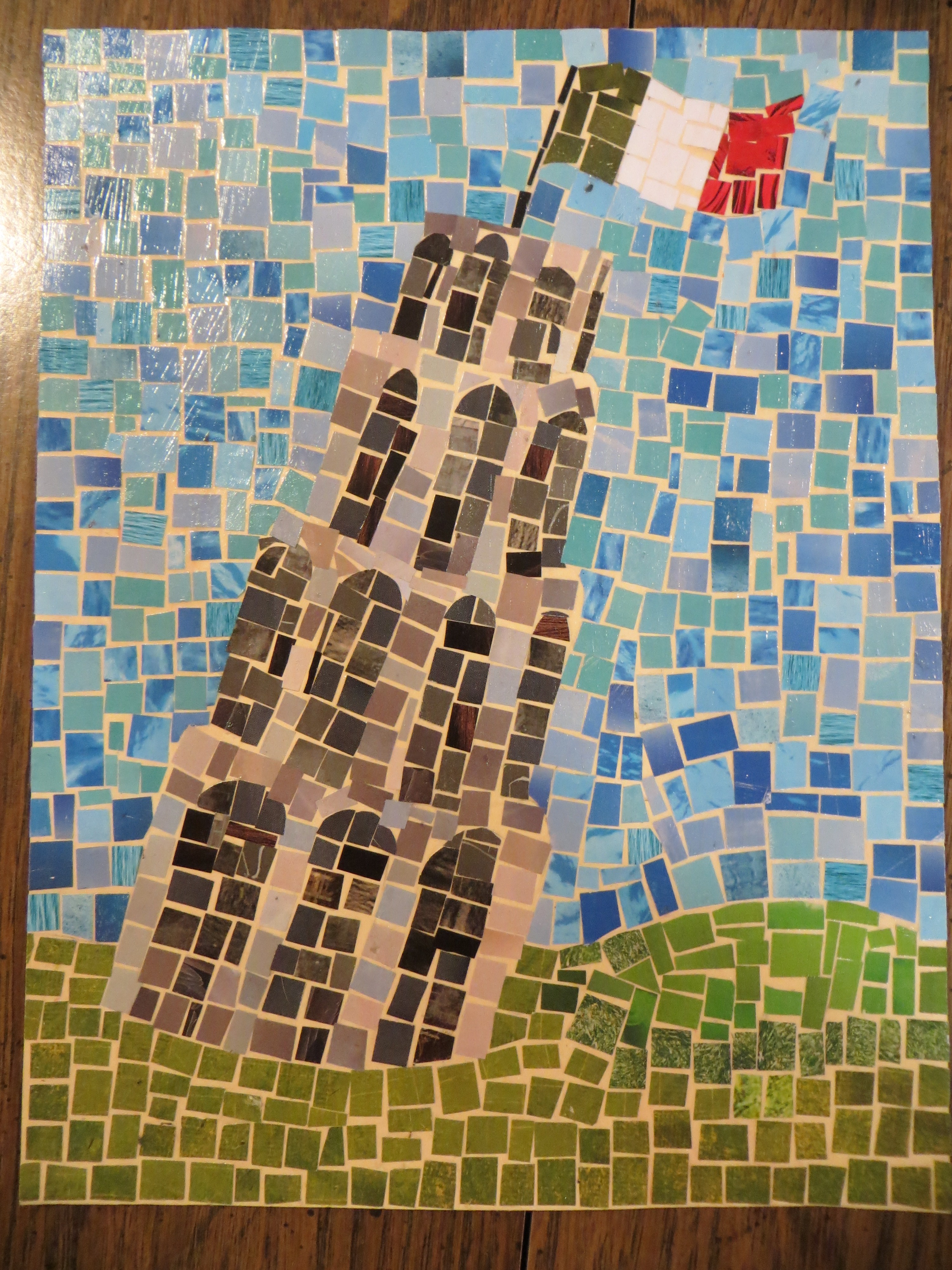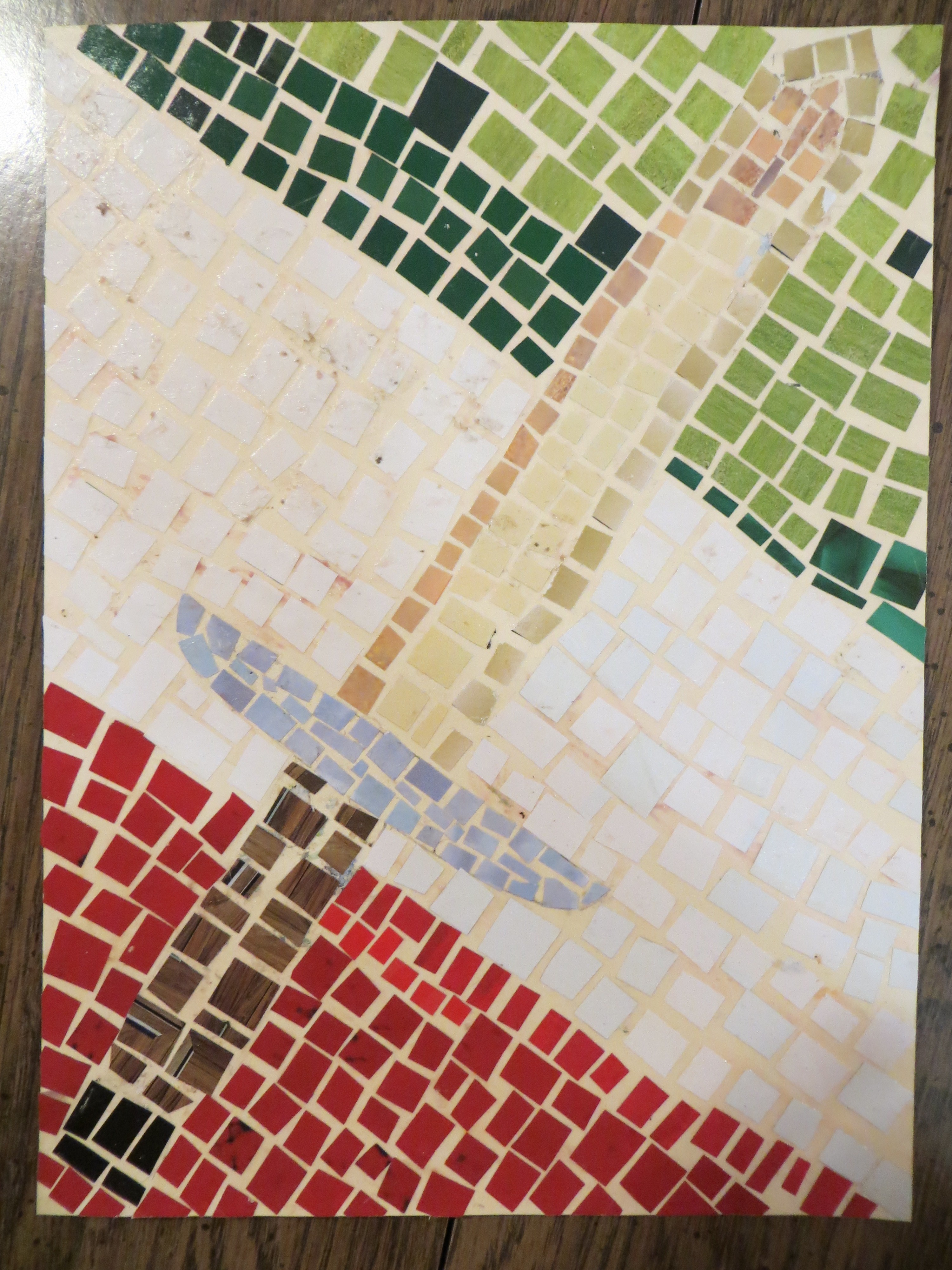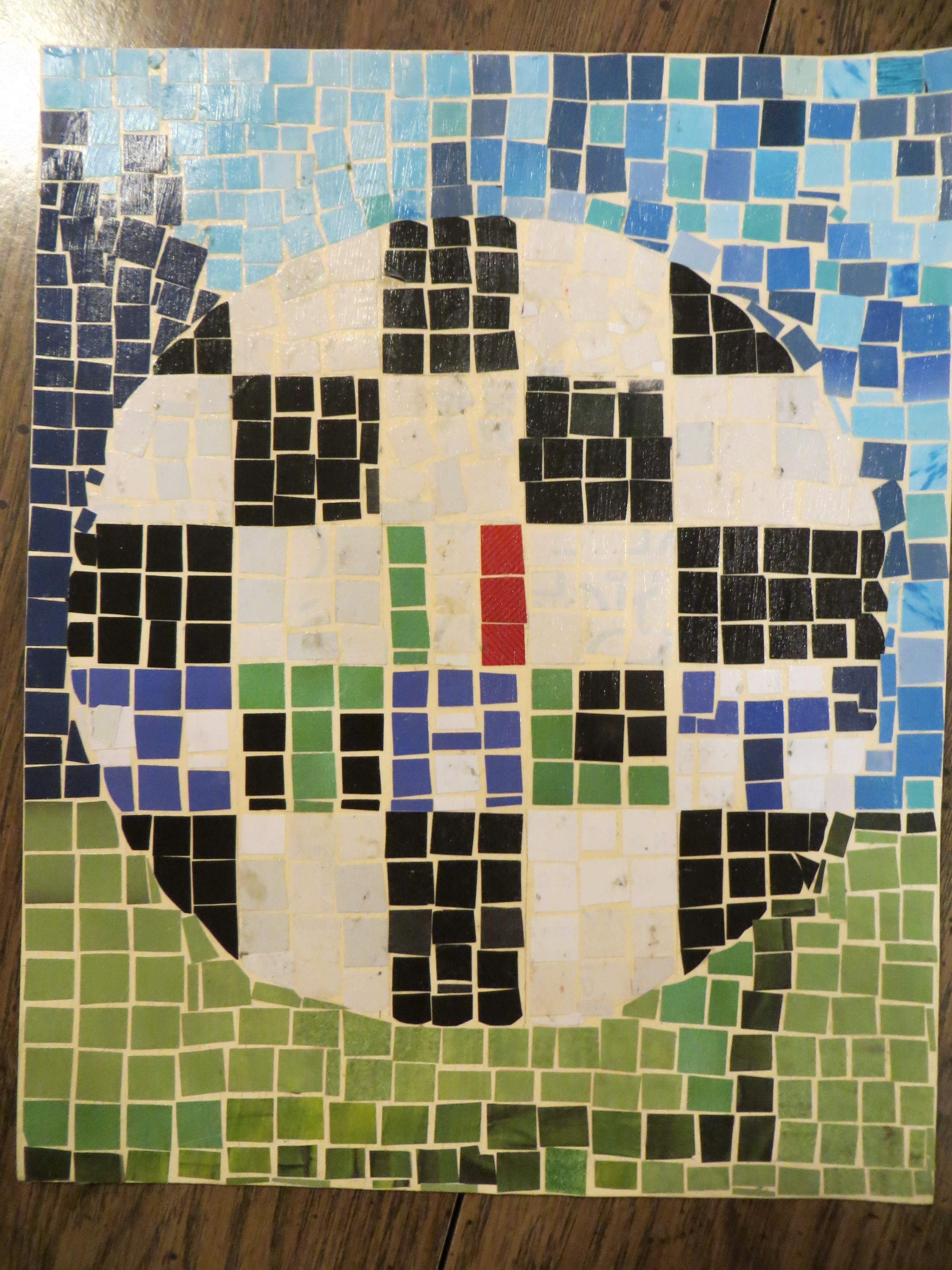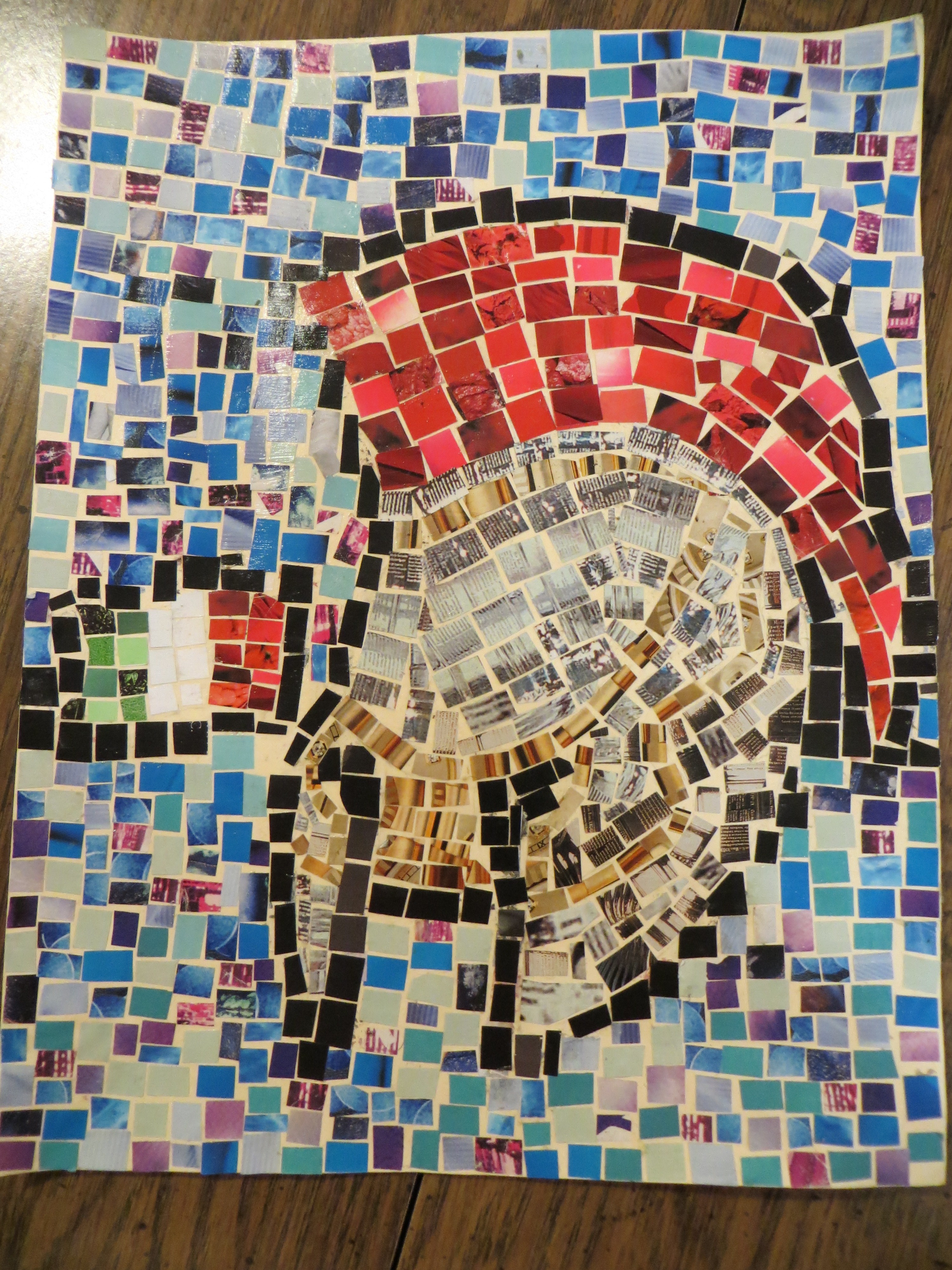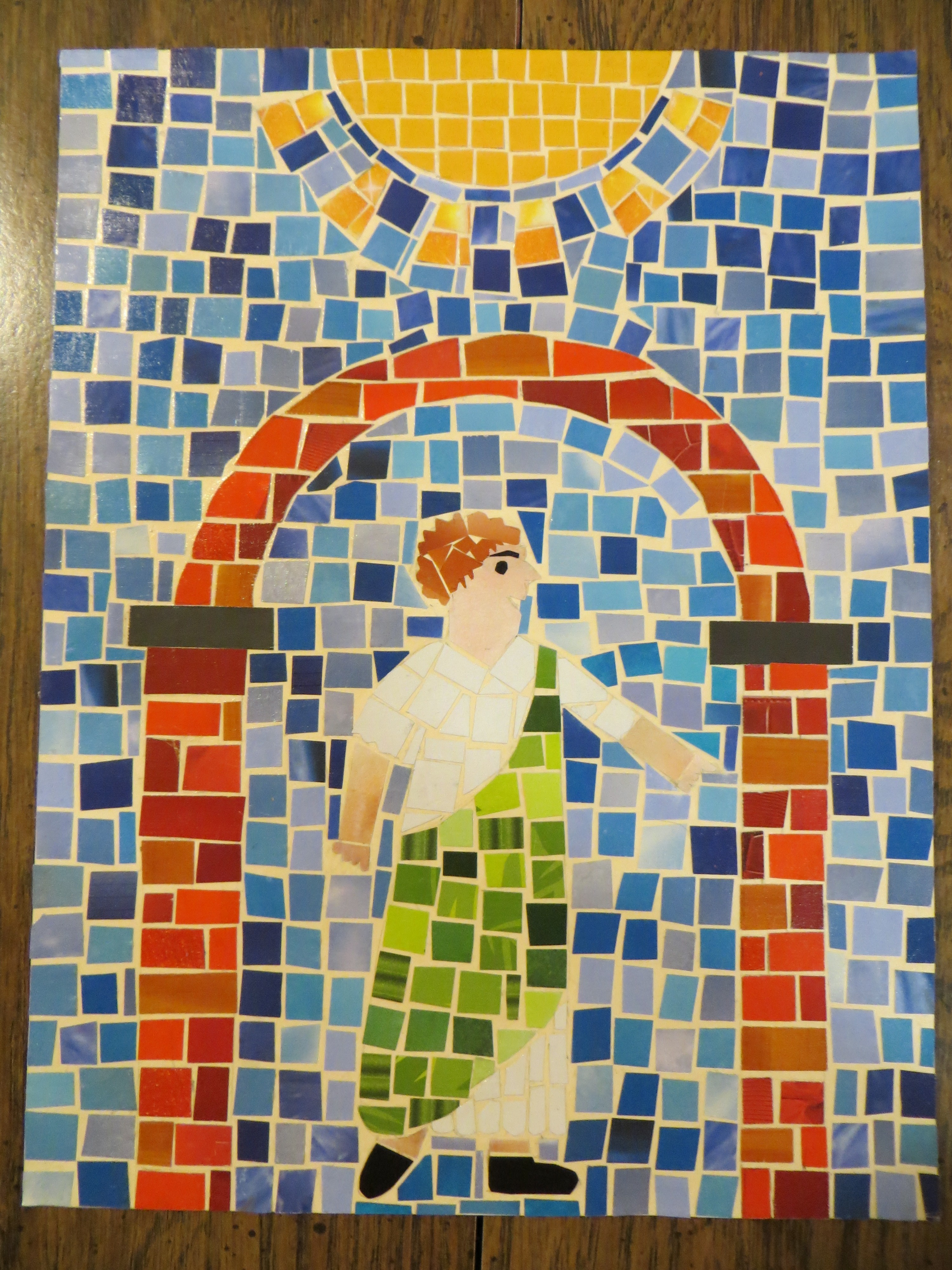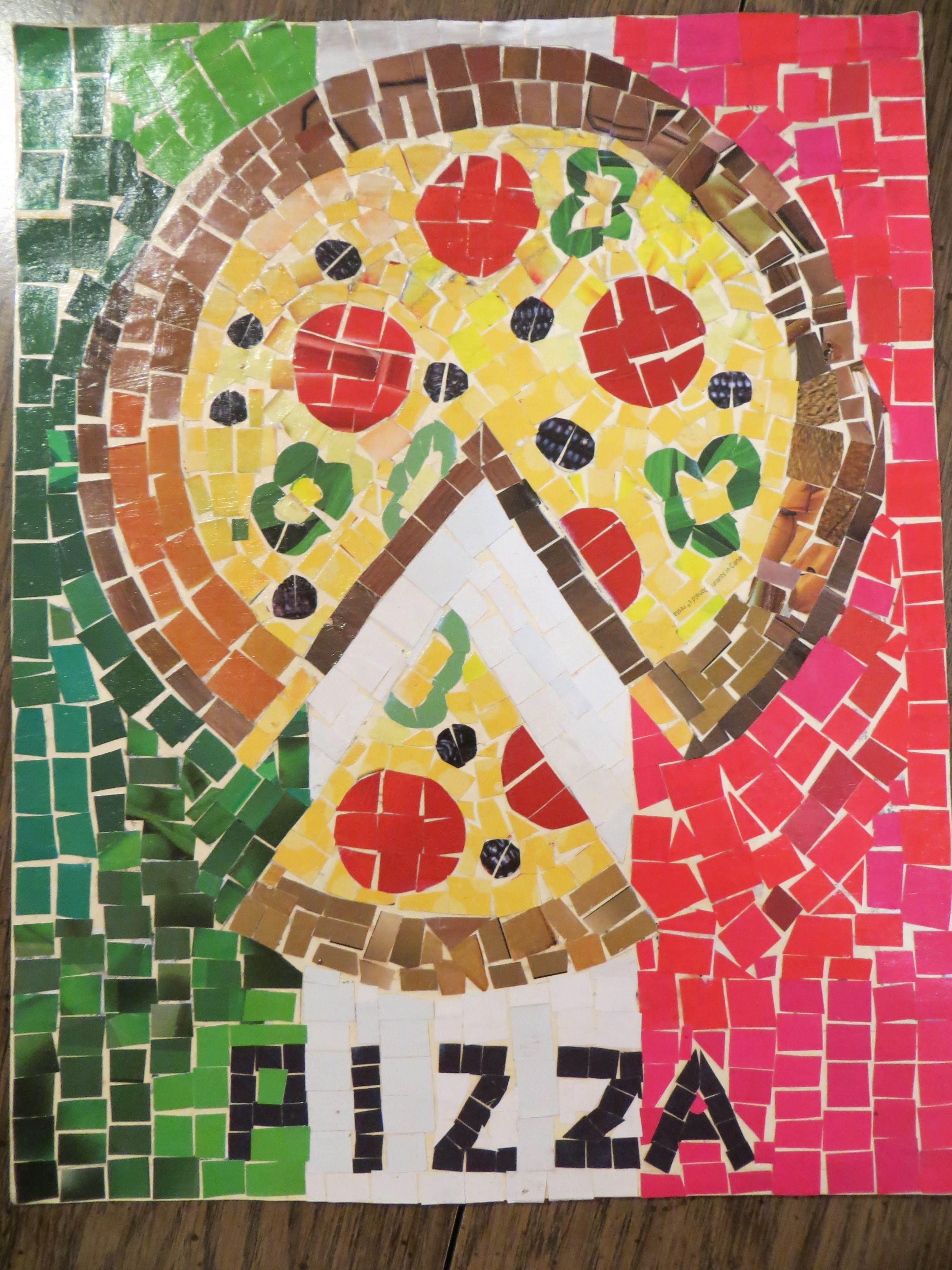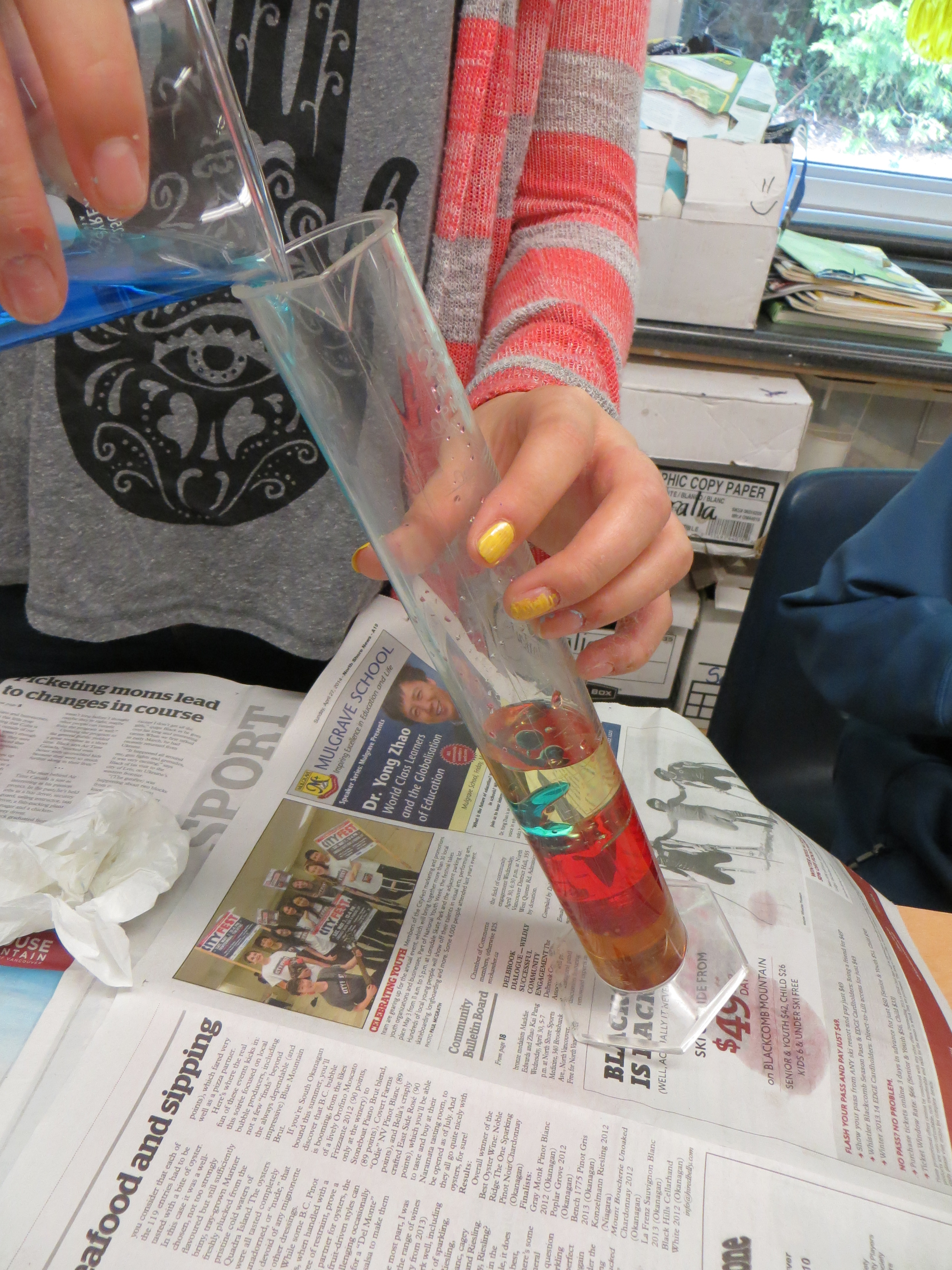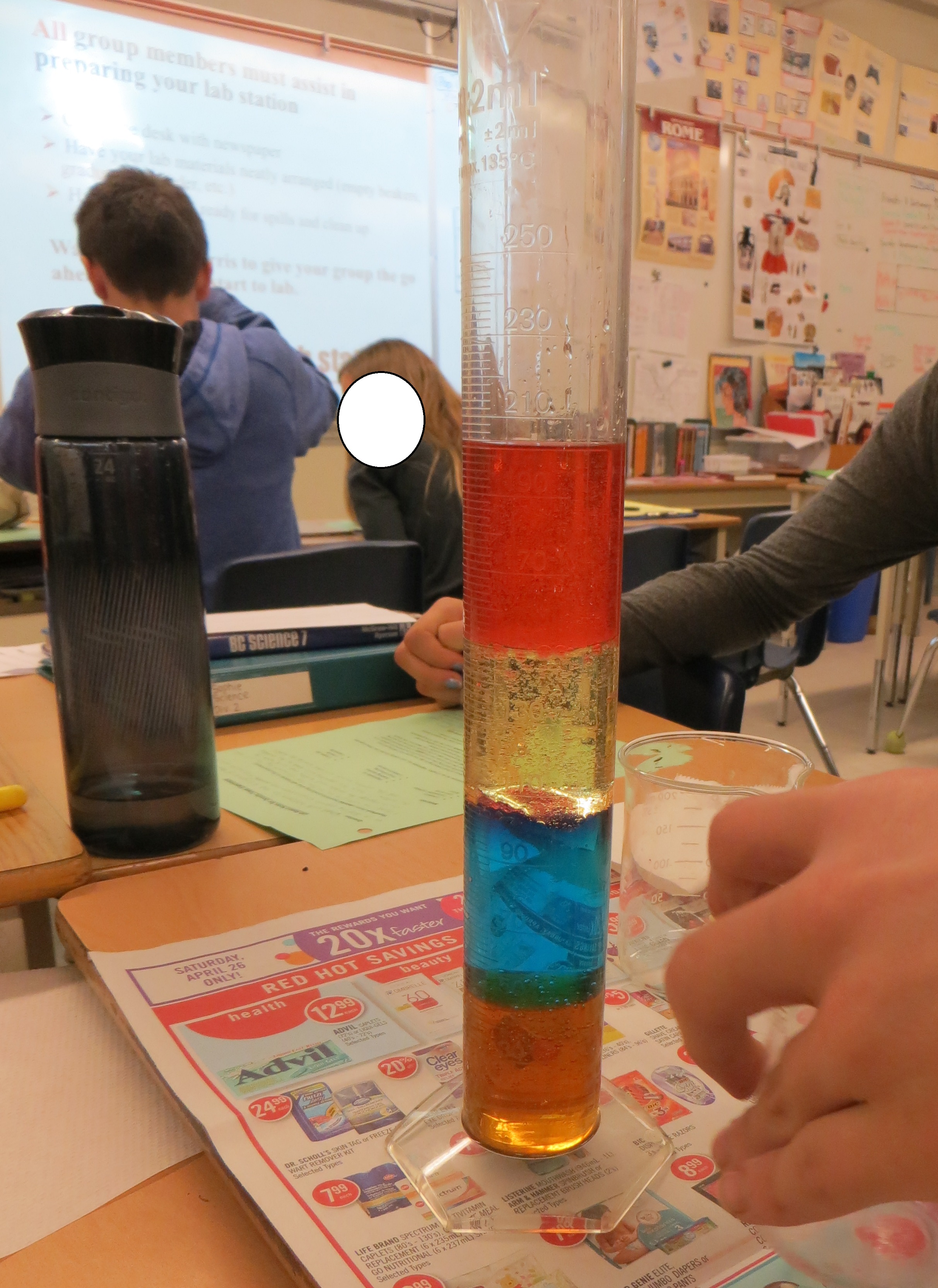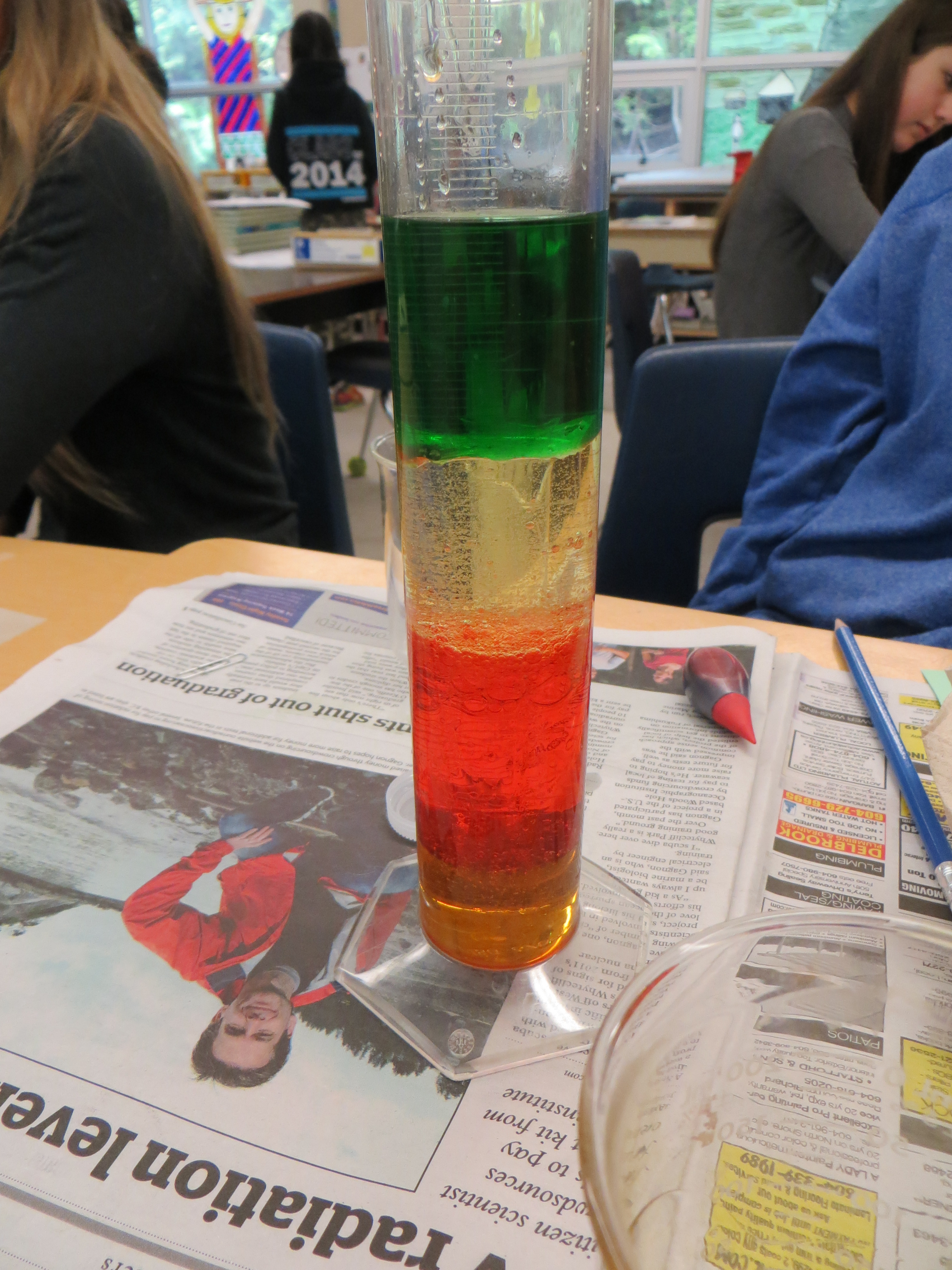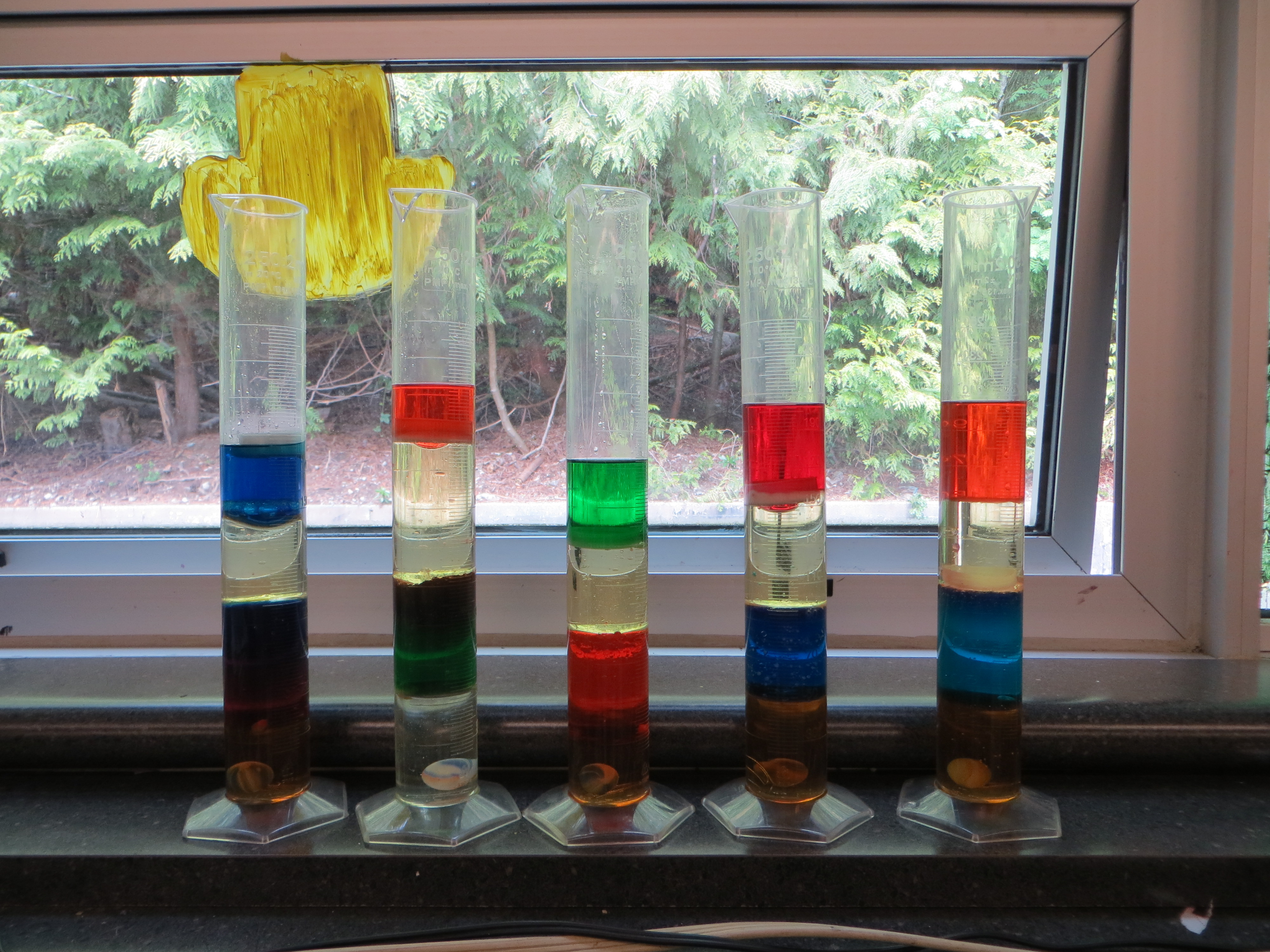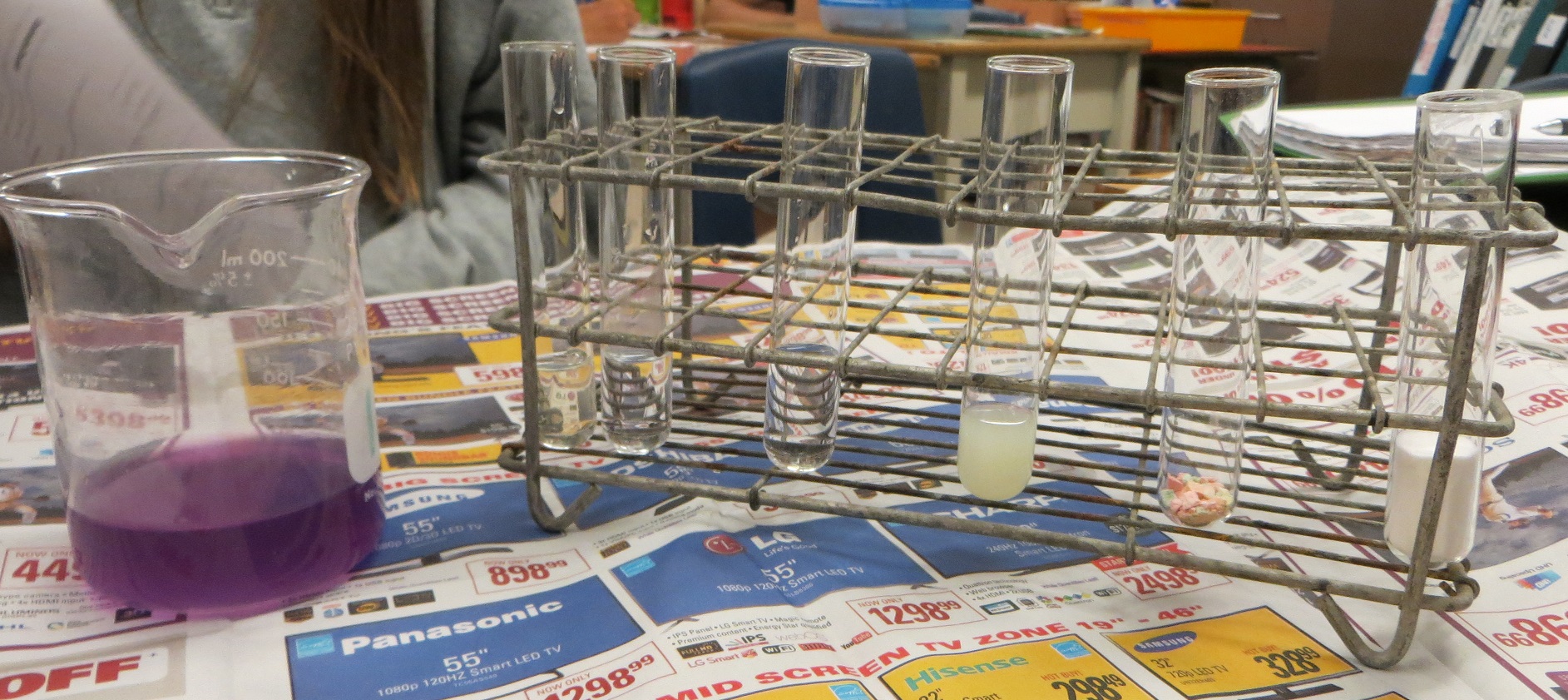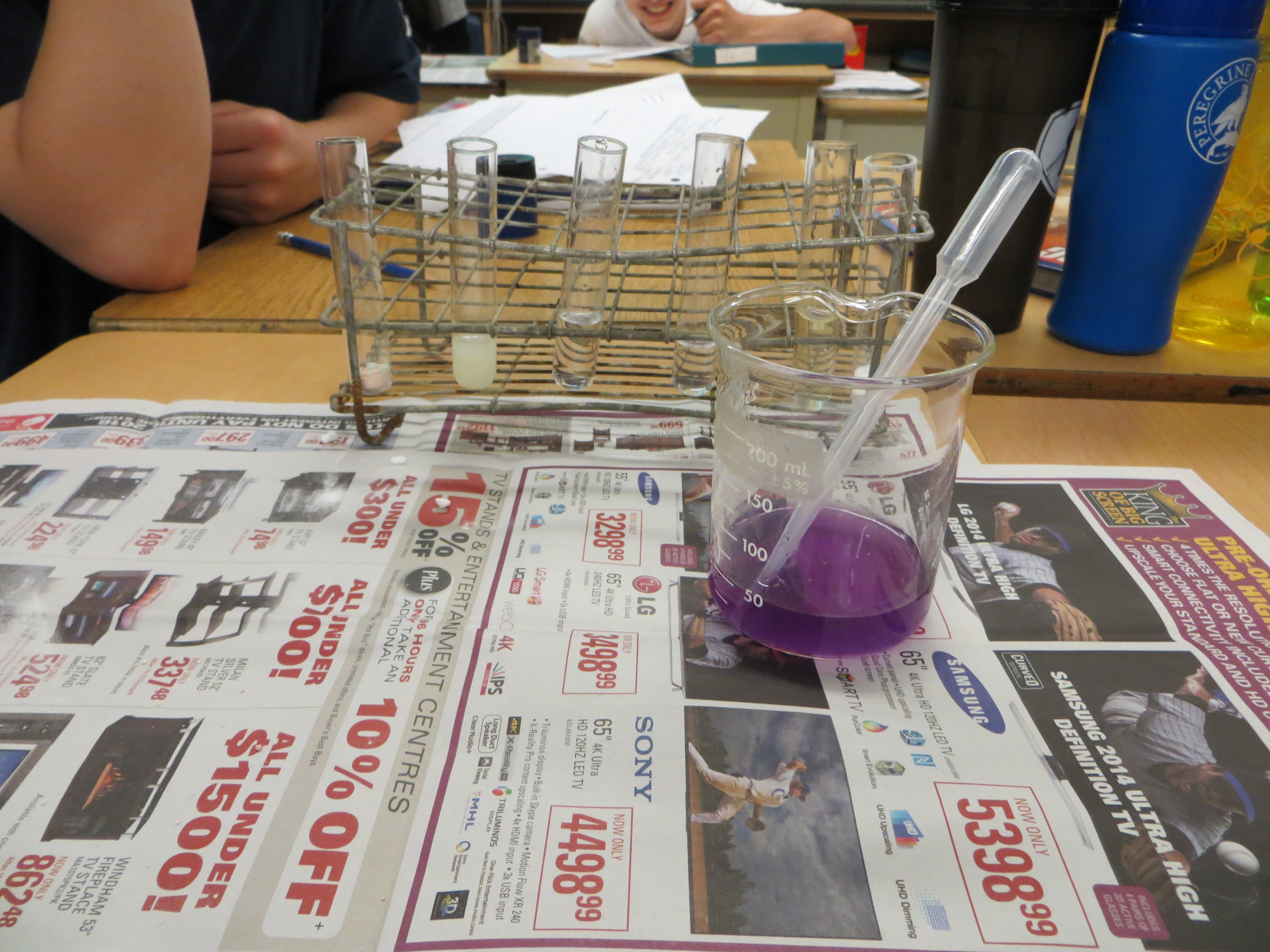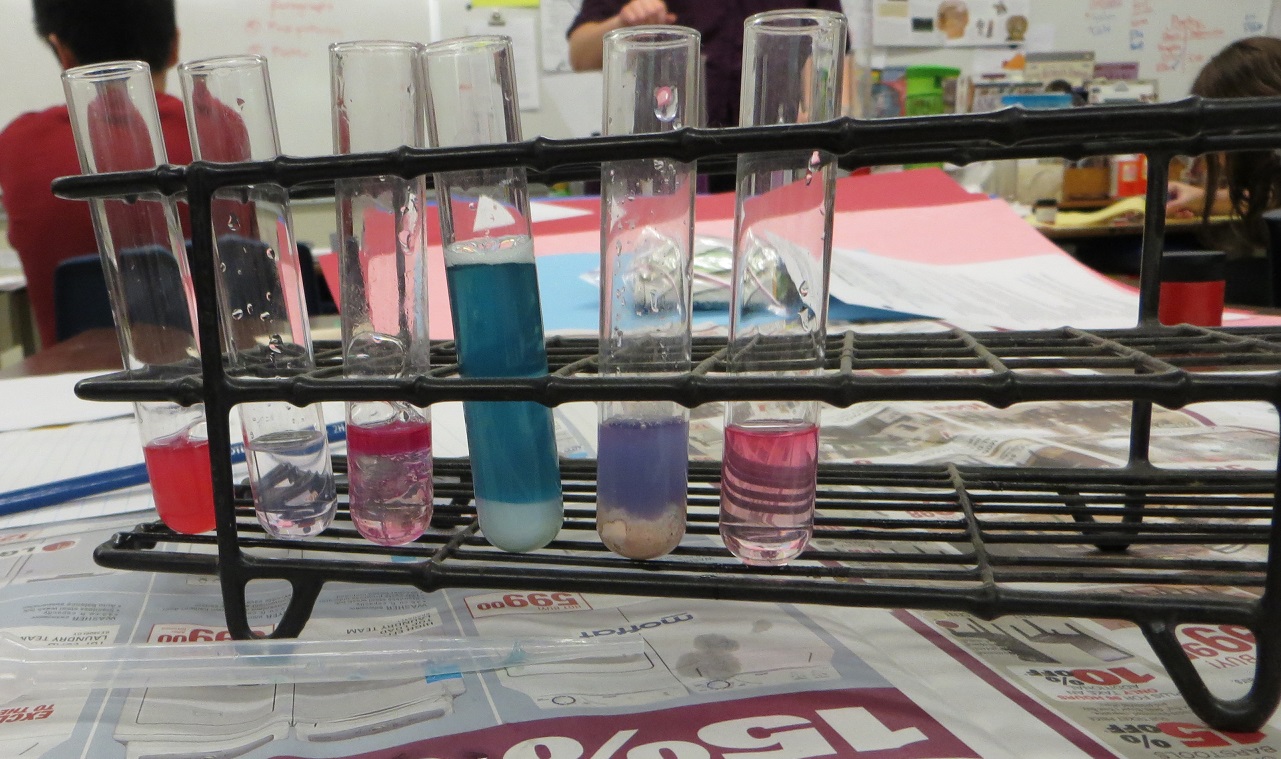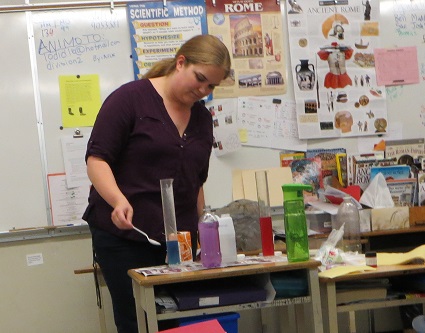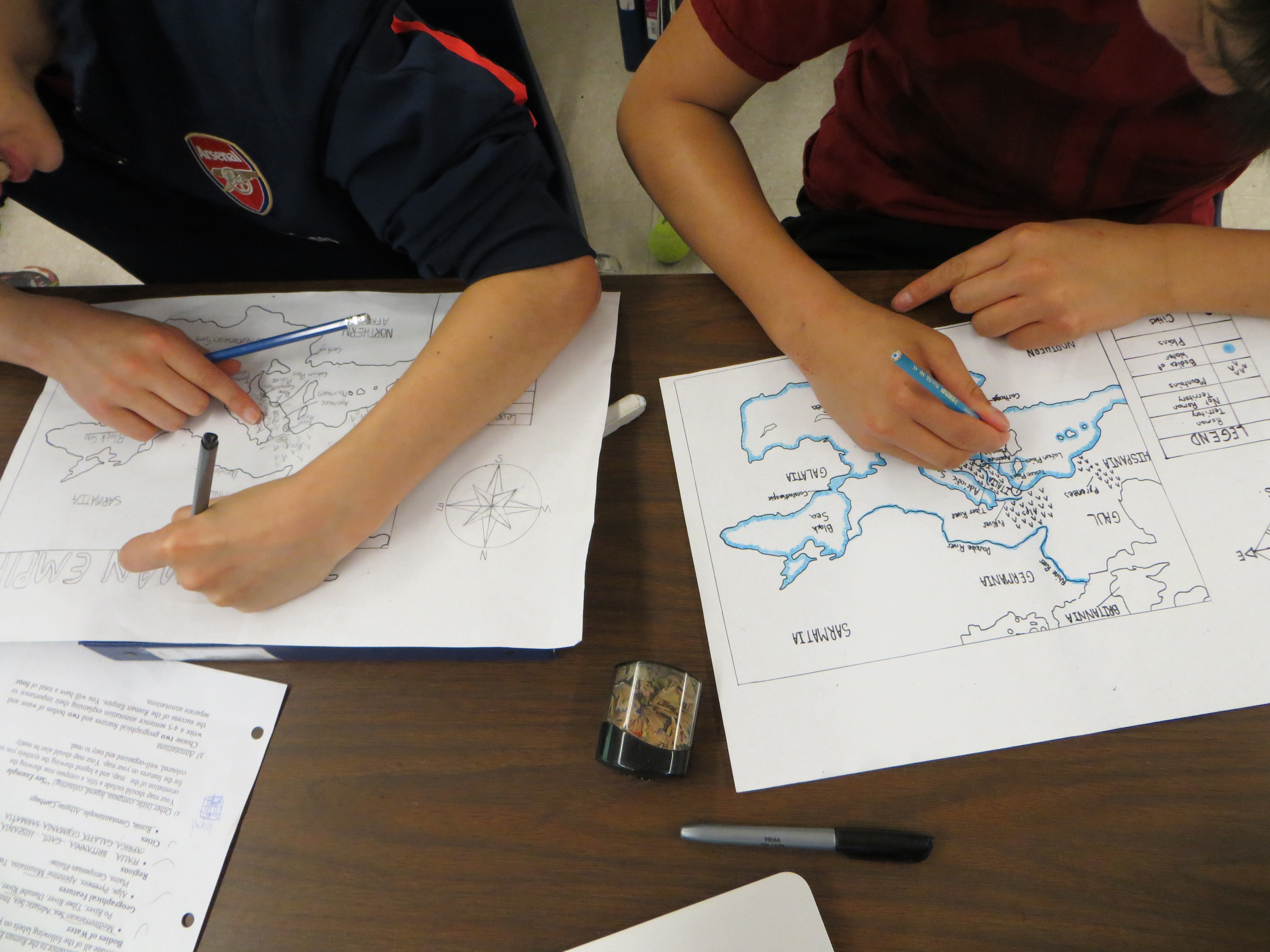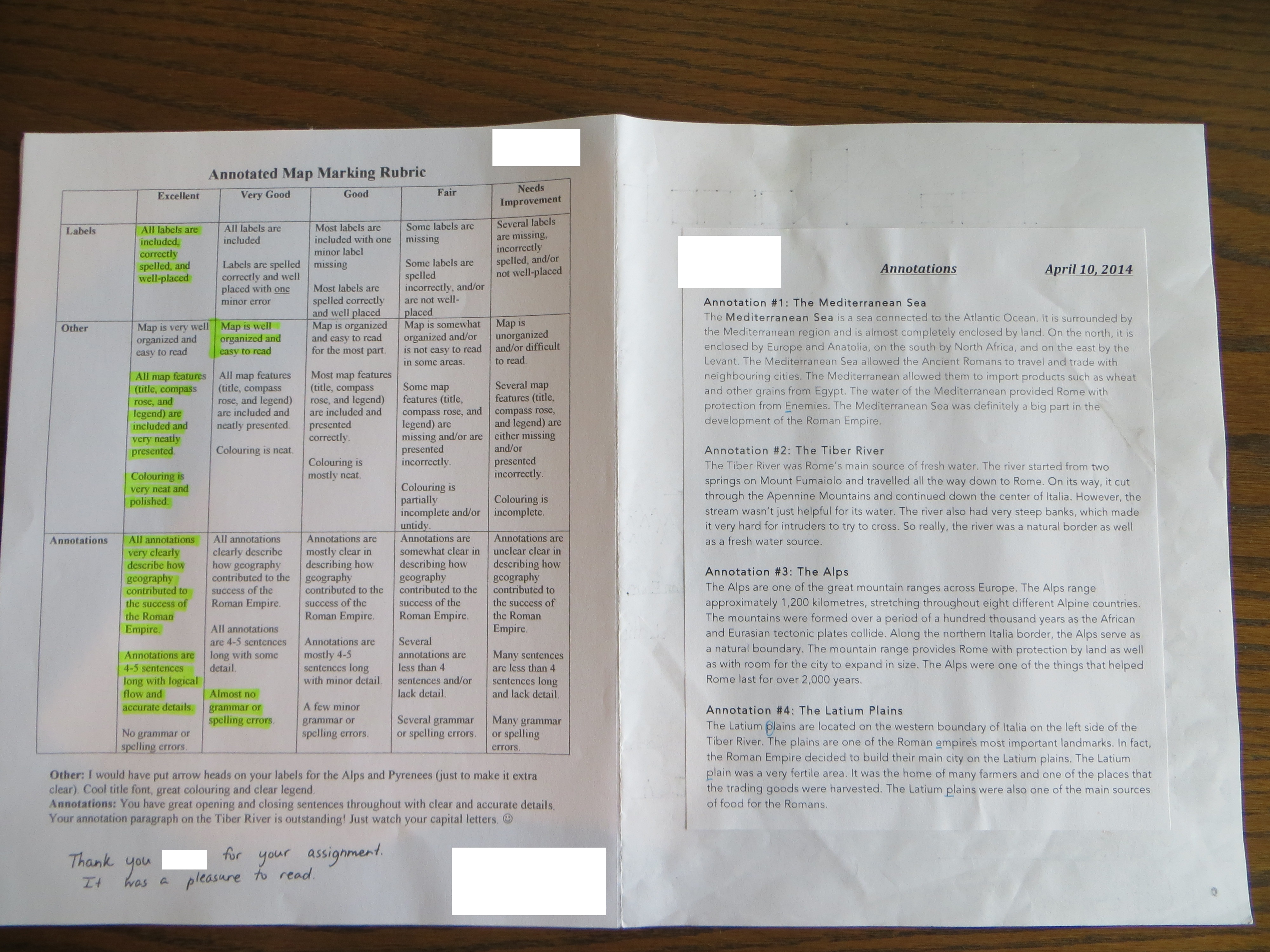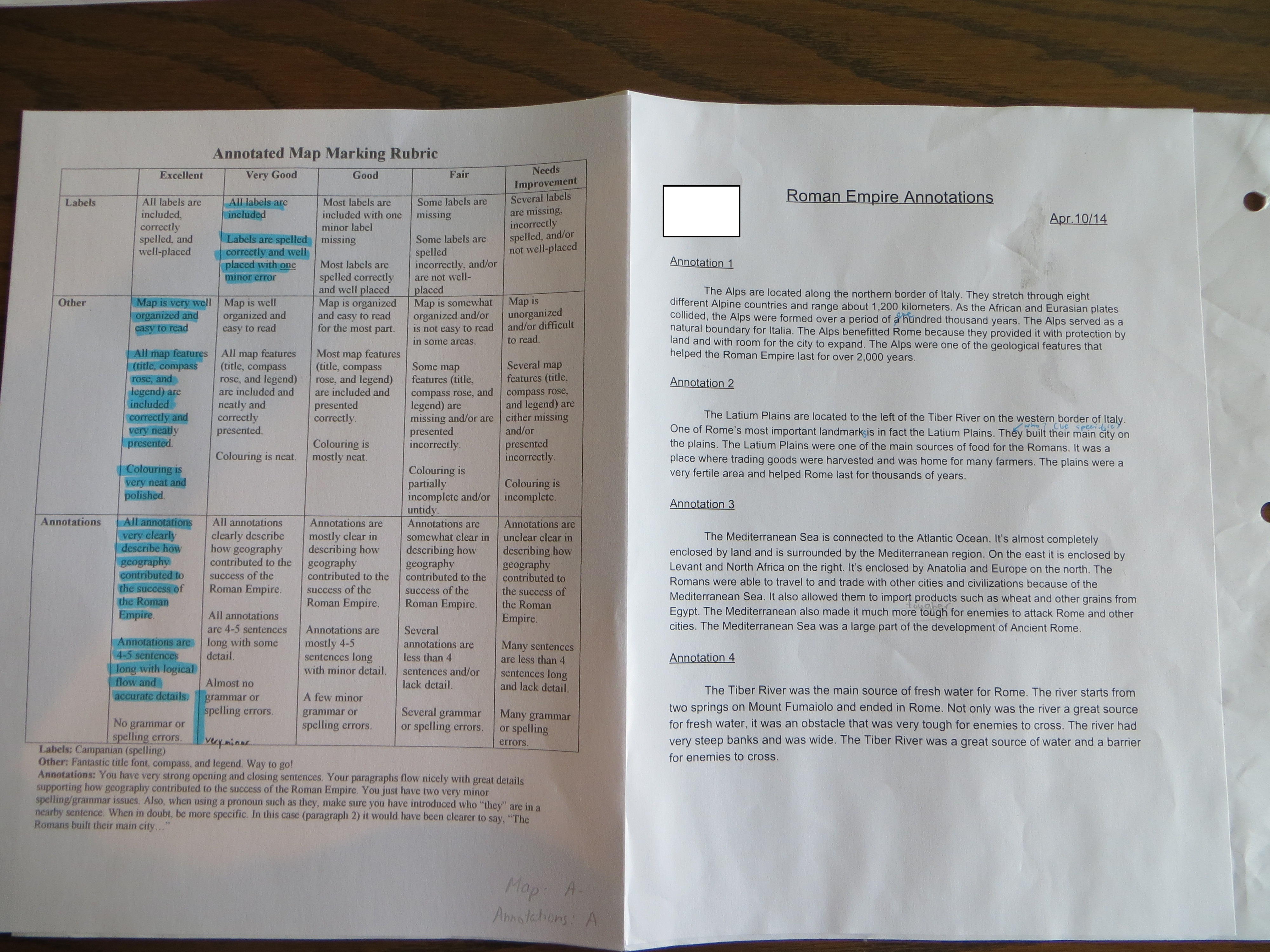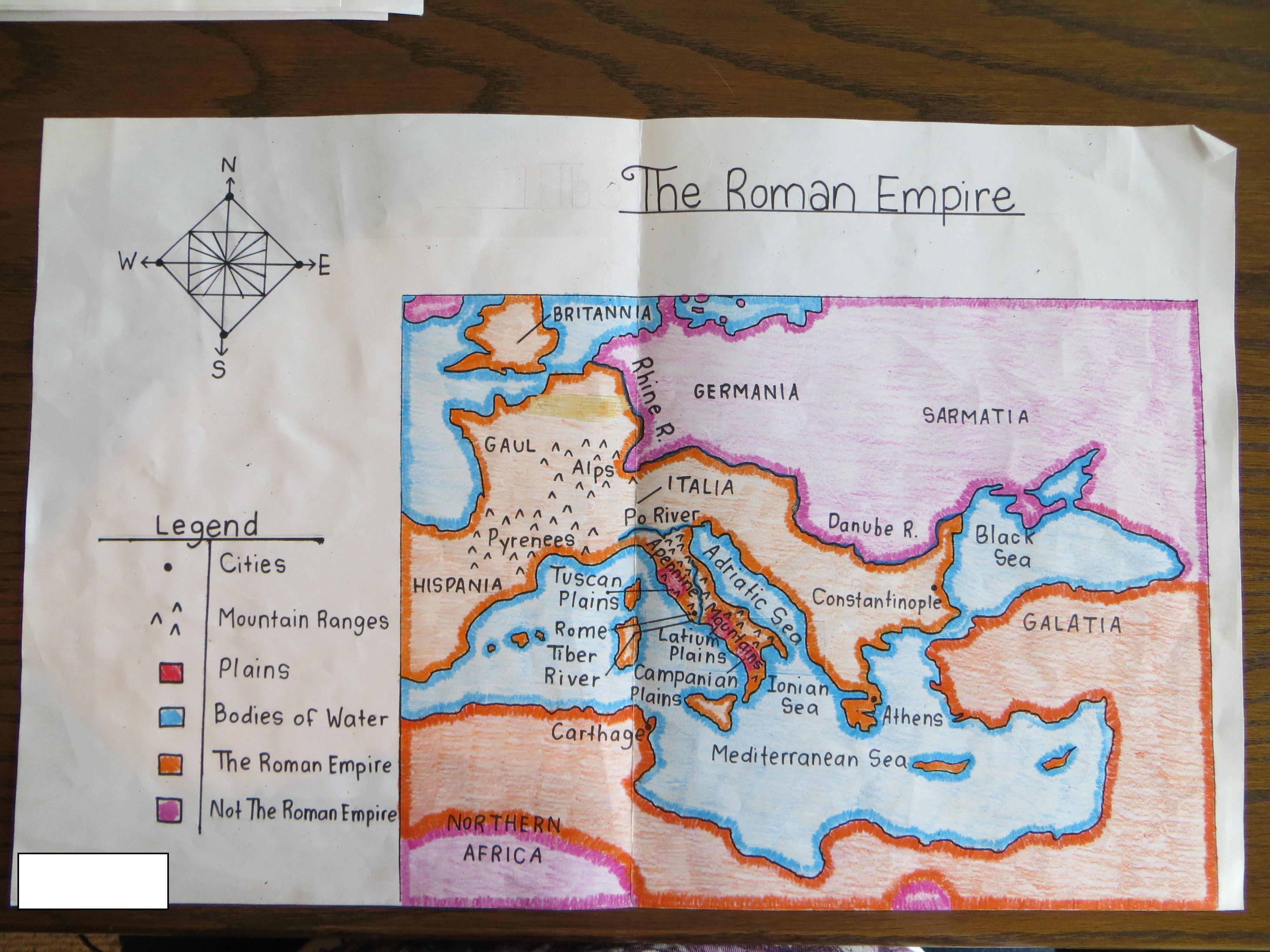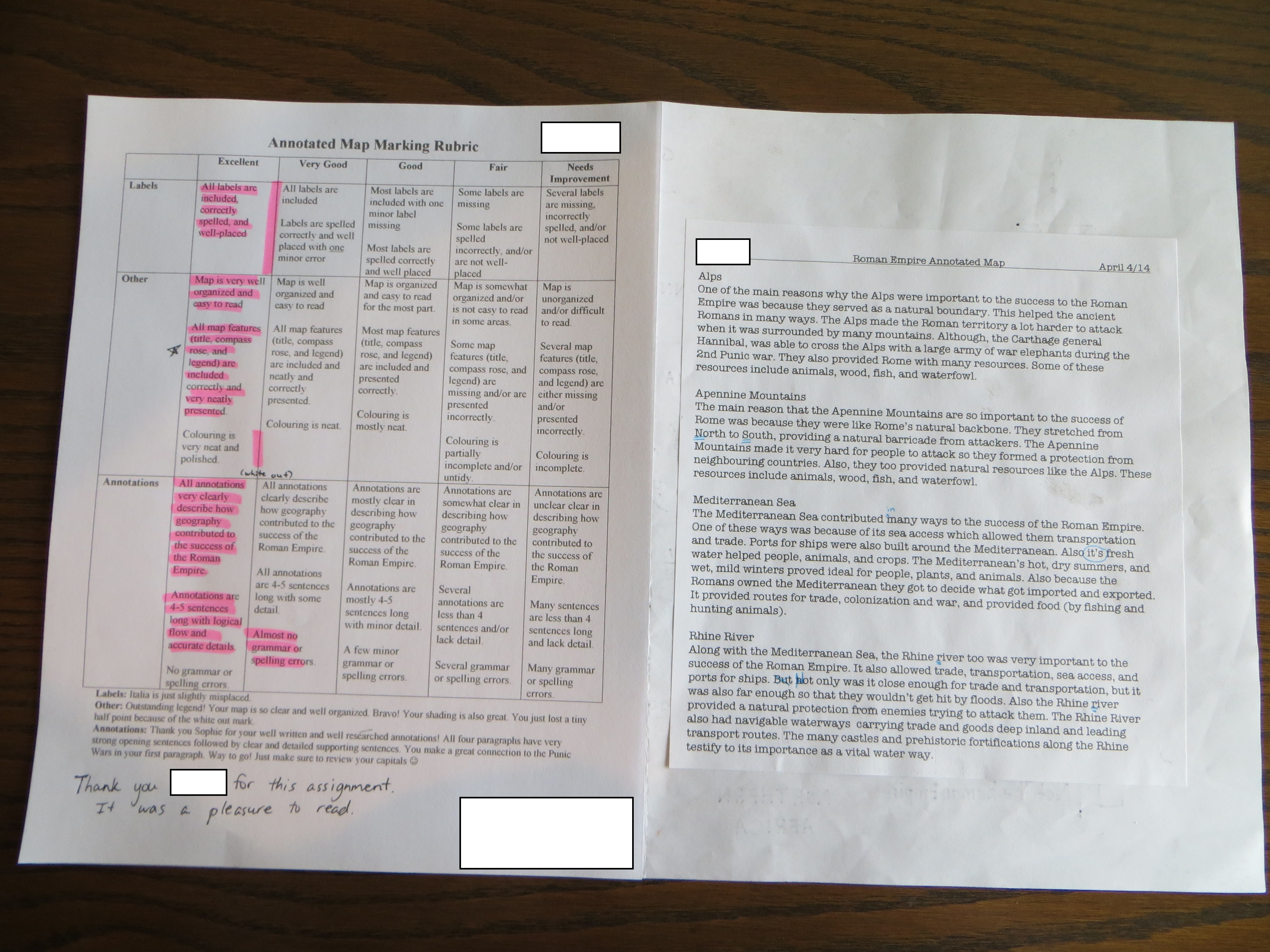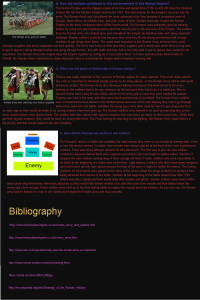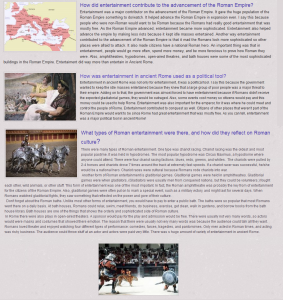Our math unit on probability was centered around games. I introduced this unit by getting students to identify where we see probability “in the real world” and then looked at the difference between luck, chance, and probability in a variety of games.
Throughout the unit, students were asked to identify events and determine the likelihood of various events in a number of games played in class. Through game play, students increased their mathematical literacy by continuously revisiting key terminology such as (outcome, independent events, relative frequency, and so forth). The learning goals for this unit were made clear to students through a self-evaluation checklist using “I can statements.”
Rich and meaningful discussions were had around the central question of our unit, “How can knowledge of probability be used as a strategy in this particular game?” By incorporating their knowledge of probability, students were able to critique current games and suggest ways to make particular games more fair.
For the final summative assessment, students created their own games in pairs. Students were also asked to individually analyze how probability was used in their unique game. Students presented their games to the class, and then completed a reflection on the game creation process.



